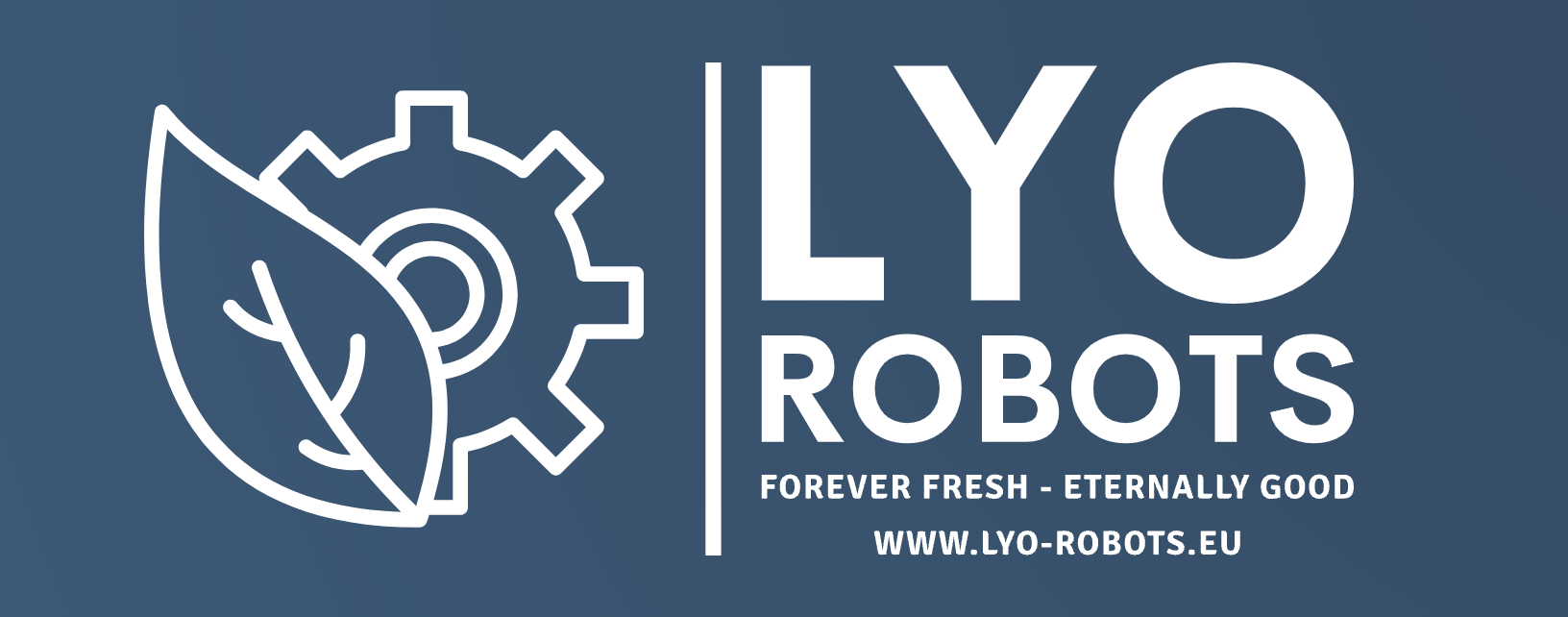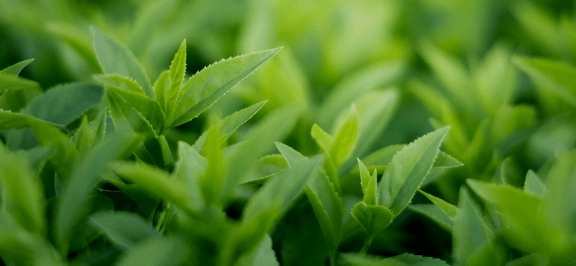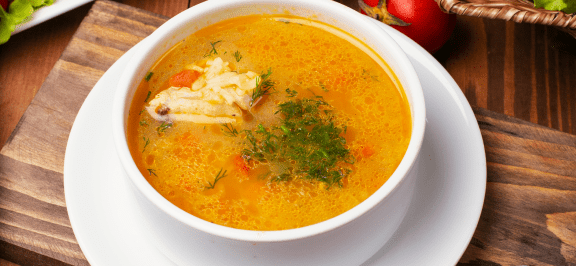By adopting innovative preservation methods, we are revolutionizing the way products from developing countries are introduced to the European market. This initiative significantly increases farmers’ incomes by giving them access to more lucrative markets, while drastically reducing the environmental impact of food transport and preservation. By focusing on an optimized value chain, we help producers in these regions to better sell their quality products in Europe, thus promoting a fairer economy and sustainable development. This approach contributes to a significant reduction in carbon footprint, aligning economic interests with ecological imperatives.
Patron or farmer? Contact us!
CONCRETE EXAMPLES OF ACHIEVEMENTS

GHANA STUMPS
Ghanaian tigernuts are mainly used in rural areas as animal feed, while in Europe they are known as an ingredient in Chufa or Horchata...
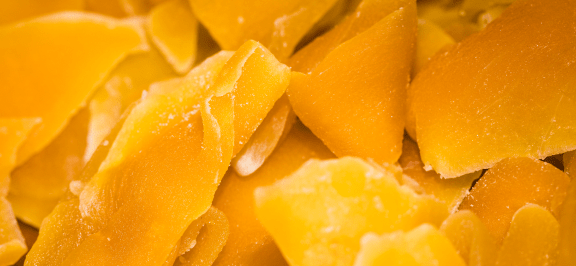
INDIAN MANGO
Farmers in India currently receive around EUR 1,000 for a ton of Alphonso mango, with prices varying considerably throughout the year...
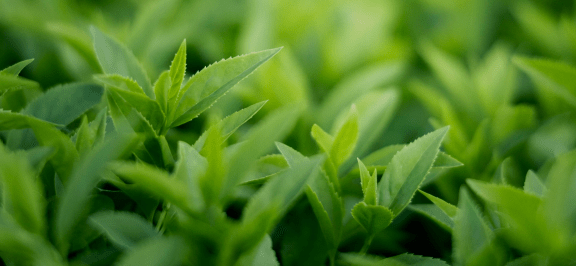
SRI LANKA TEA
It's a very different, new and interesting approach; here, it's more about practicality than price. We work with farmers in Sri Lanka, who are traditional tea growers and now produce tea powder.
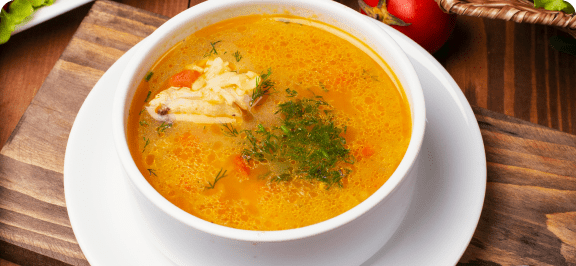
TRADITIONAL THAI SOUPS
This very attractive product involves a rural customer producing a variety of traditional soups on site, using local vegetables, spices and other ingredients.
OTHER EXAMPLES
We have customers in Ethiopia who dry high-quality coffee, almond milk from California, unique Amazonian fruits dried in Brazil, seaweed from South Africa, ginger extract and dates from Saudi Arabia, among many other products.

HOW DO WE DO IT?
We achieve this by supplying our best-selling model, the FD440, adapted for worldwide use. It is equipped with worldwide connectivity, an uninterruptible power supply (UPS) for unstable electricity, and can be produced to meet the electrical standards of any country. It can operate in harsh, dusty or cold environments and can be adapted for use with nitrogen for citrus fruits, with more power for defrosting, stainless steel trays, and much more. Our technicians can access the machine for diagnostics and to help you find the perfect recipe for your materials.
WHAT WE SUPPLY
In addition to the machine, we offer advice on the drying process, packaging, shipping and selling your product to end consumers on platforms such as Etsy, Amazon, Instagram and via Google in your own store, among others. To do this, we provide you with a 50-hour consultation voucher with a marketing expert in your area on Upwork to help you get listed and start selling. We also provide you with a comprehensive list of ways to sell products directly online worldwide, including information on production, packaging, listing, design, shipping and marketing.
CALL FOR PATRONS
Dear Patrons, we invite you to take part in a global initiative, both economic and ecological, which has the potential to revolutionize the agricultural sector worldwide. By supporting our project, you are helping to improve the daily lives of many farmers on Reunion Island, in the Caribbean, North Africa, Benin, Guadeloupe and beyond. Our approach, based on green technologies such as freeze-drying, aims to increase the income of local producers while minimizing the environmental impact of food transport and preservation. Your commitment to us will help promote sustainable agriculture, reduce food waste and encourage a circular economy that benefits our planet and its inhabitants. Together, let’s turn this vision into a tangible reality, for a greener, more prosperous future.
OUR GOAL
Our aim is to partner with growers and farmers to add value to your product and enable direct marketing of your materials to consumers worldwide, increase your profitability, boost your entrepreneurial spirit and, of course, sell machines.
